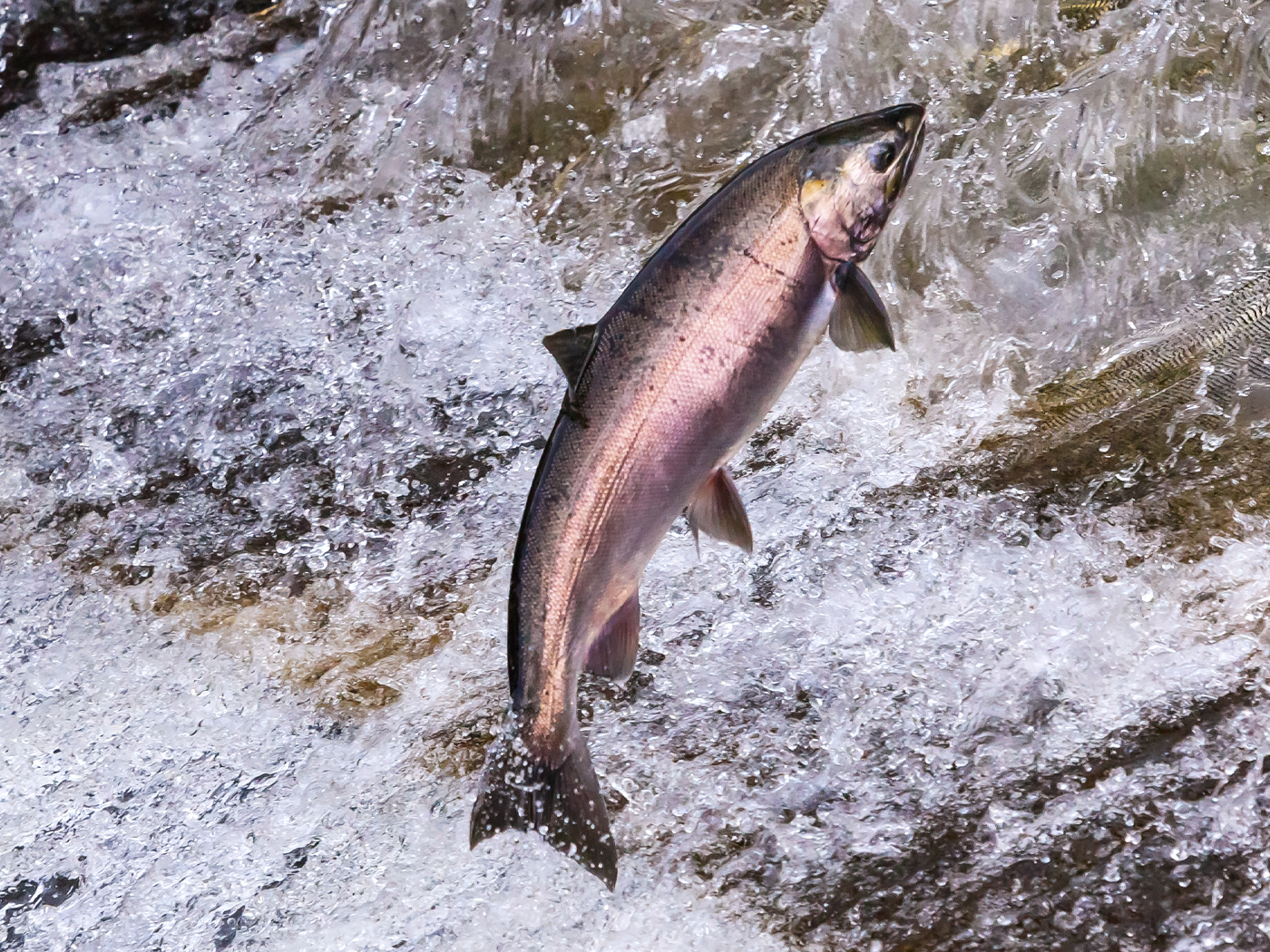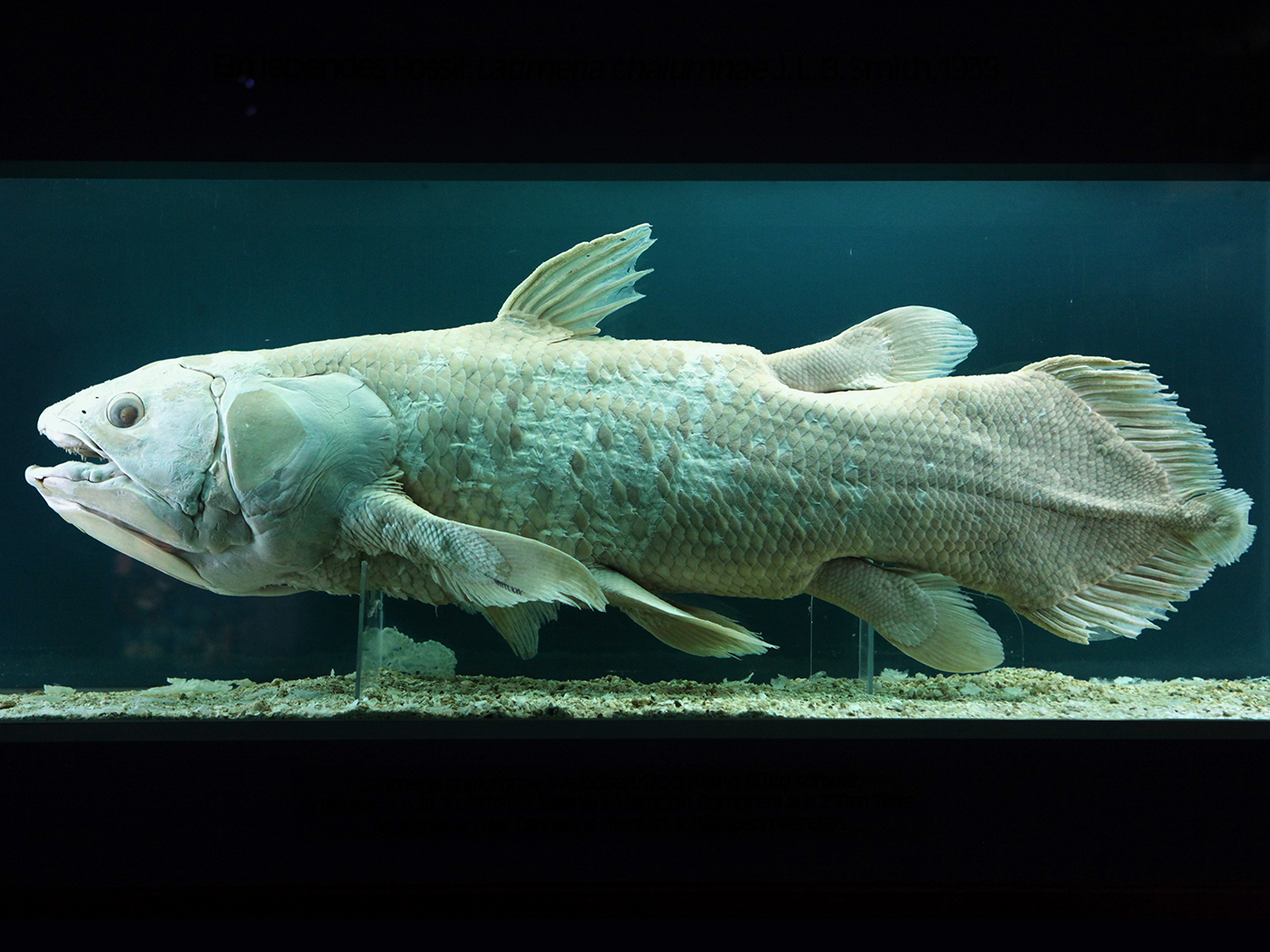A short protein, or peptide, in wasp toxin may one day treat human cancer in a whole new way. Researchers isolated a particular peptide from the venom of Brazilian Polybia paulista wasps and studied how it seeks and destroys cancer cells while leaving normal cells unharmed. They uncovered intriguing details that enable this average-looking peptide to become a cell-destroying weapon.
On a molecular scale, the MP1 peptide looks like a tiny corkscrew. One side of it chemically meshes with the oily membrane that surrounds a cell, and its other side has chemical charges that attract water.
Research published in Biophysical Journal shows how several of these two-sided helical peptides land side-by-side to form a big molecular ring. They created giant holes in simulated cancer cells.1 The holes get so big that cellular contents spill out, and the cancer cell simply dies. As long as these peptides withhold their lethal tactic from normal body cells, who wouldn't want them in our bodies killing cancer cells?
Research into this possibility is still in its early stages. Co-senior study author from the University of Leeds said in a Cell Press news release, "As it has been shown to be selective to cancer cells and non-toxic to normal cells in the lab, this peptide has the potential to be safe, but further work would be required to prove that."2
The Biophysical Journal study authors wrote that cancer cells happen to have two unique chemicals embedded in their cell membranes. They found that when both of these chemicals are present, MP1 peptides make holes that are over 20 times larger than when only one of the chemicals is there—as is the case with normal cells. Like cancer cells, bacteria cells have both chemicals. Prior studies show MP1's effectiveness as both an antibiotic and in targeting bladder cancer cells. These new results reveal MP1's tactics.
Most modern medicines come from natural, God-created chemicals, including aspirin, botox, and penicillin that fungi, plants, and other creations use for various purposes. The Brazilian wasp uses MP1 in conjunction with other toxins to defend its home from invaders in today's no-longer "very good" creation.3 But in isolation, MP1 may someday become a useful anti-cancer drug for humans. If so, then those who benefit from it will have good reason to thank the Creator for crafting the toxin and for endowing mankind with the cleverness and moral sensibility to fight cancer.
References
- Leite, N.B. et al. 2015. PE and PS Lipids Synergistically Enhance Membrane Poration by a Peptide with Anticancer Properties. Biophysical Journal. 109 (5): 936-947.
- Brazilian wasp venom kills cancer cells by opening them up. Cell Press news release via EurekAlert! Posted on eurekalert.org September 1, 2015, accessed September 21, 2015.
- Genesis 1:31
Image credit: Cell Press News. © 2015 Elsevier Inc. Adapted for use in accordance with federal copyright (fair use doctrine) law. Usage by ICR does not imply endorsement of copyright holders.
*Mr. Thomas is Science Writer at the Institute for Creation Research.
Article posted on October 6, 2015.













